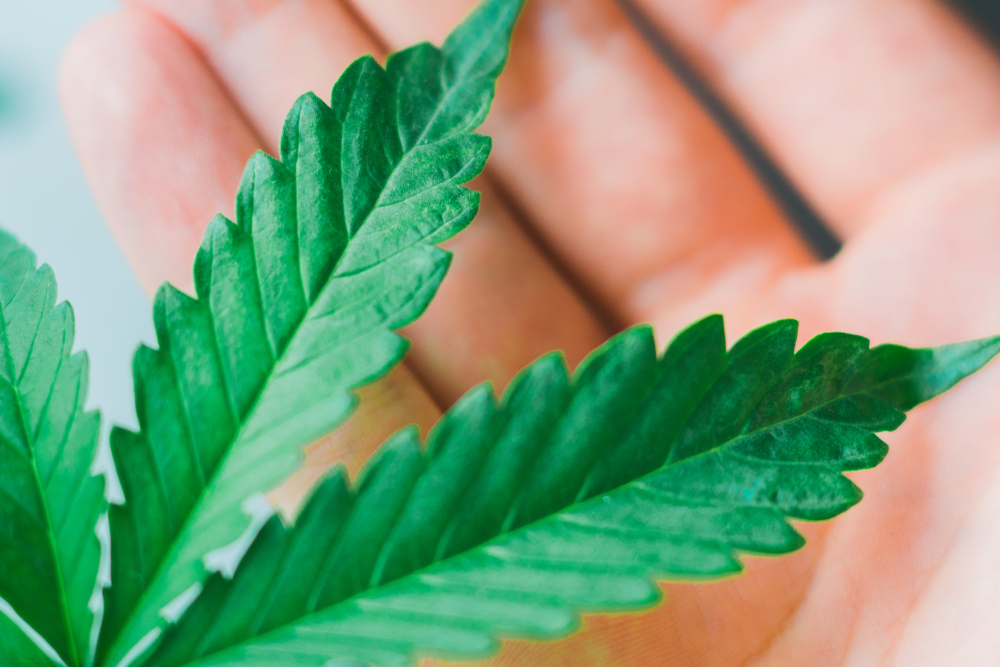Health
Provinces need more info about marijuana impairment testing technology: B.C.

Trained officers are a better judge of impairment than an “arbitrary” measure of THC compounds, he said, referring to the main psychoactive ingredient in marijuana. (Shutterstock photo)
VANCOUVER — British Columbia has unveiled its plan for regulating recreational marijuana, but the enforcement and testing for drug-impaired driving remain hazy.
Solicitor General Mike Farnworth said the provinces need to hear “ASAP” from the federal government about what technology might be approved in testing for drug-impairment, while some experts say existing testing techniques are as good as it gets, even if they aren’t perfect.
Currently, specially trained drug recognition officers conduct field sobriety tests based largely on visual assessments, rather than testing of bodily fluids.
“Right now, there are laws in place to deal with impairment, whether it’s drug impairment or alcohol impairment,” Farnworth said Thursday. “So those laws are still there, those laws apply today and they will apply tomorrow.”
He said British Columbia is still waiting to see whether technology will be approved through federal legislation on marijuana legalization, and what that technology might look like.
“The feds have told us there is technology they are confident in, but we still have yet to hear exactly what it is.”
No one from Public Safety Canada was available for comment on the issue.
Farnworth has proposed amendments to the Motor Vehicle Act that would create a 90-day driving prohibition for drivers found under the influence of drugs, and a ban on any new drivers in the graduated licensing system from operating a vehicle with any THC in their systems.
It does not set a specific THC limit on drivers, but a limit of two nanograms per millilitre of blood has been proposed at the federal level.
Former police officer Steven Maxwell, who has trained drug-recognition officers in Ontario and Quebec, said in an interview Friday that he believes existing observational tests are very accurate, when conducted properly.
There are three roadside tests, which are the same for identifying both alcohol and drug impairment, he said Friday.
If an officer reasonably suspects a driver is impaired, the driver will be taken back to a police station for further testing that might include blood pressure, pulse rate and pupil-reaction testing.
“The drug influence evaluation is very, very reliable, when the tests are conducted properly. This is where sometimes we run into problems because people tend to cut corners or they don’t do the tests according to their training,” he said.
Maxwell said he believes drug recognition officers will be more effective than any technology in detecting impairment.
He gave the example of a driver who is pulled over with an open can of beer next to him. Alcohol may be strong on his breath, but after only half a beer, he’s not impaired, Maxwell said.
Even if a saliva test is introduced, Maxwell said he believes drug recognition officers will continue to play a strong role.
Criminal defence lawyer Kirk Tousaw, who specializes in cannabis policy, said trying to determine impairment through bodily-fluid testing is impossible and invasive.
Trained officers are a better judge of impairment than an “arbitrary” measure of THC compounds, he said, referring to the main psychoactive ingredient in marijuana.
Tousaw said he has been a medical marijuana user for 20 years and is a safe driver, but wouldn’t likely pass a an impairment test based on proposed limits of two nanograms of THC per millilitre of blood.
“We’ve picked this sort of arbitrary number that’s going to criminalize basically every cannabis consumer in this country and make them criminals every time they get behind the wheel of a car,” Tousaw said.
The federal legislation, which proposes driving limits for drugs and new roadside testing devices, is under review by a parliamentary senate committee.





















